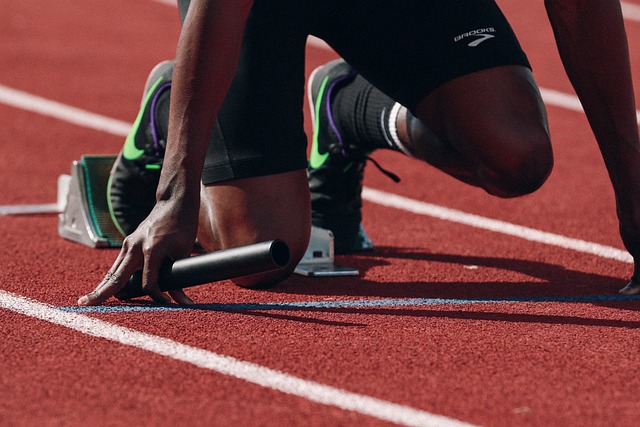Runner’s knee or patellofemoral pain syndrome (PFPS), commonly affects the knee joint due to overuse. The condition causes pain around the kneecap or patella, usually during physical activities involving bending the knee, such as running, jumping, or cycling.
What Are the Typical Causes of Runner’s Knee
Overuse: One of the common causes of runner’s knee is overuse. Activities requiring repeated bending of the knee, such as running or jumping, can put a lot of stress on the kneecap and surrounding tissues, leading to inflammation and pain.
Weak thigh muscles: Weakness or imbalance of the thigh muscles can put extra stress on the knee joint and kneecap, leading to PFPS. Weakness of the hip muscles can also contribute to the development of runner’s knee by altering the alignment and movement of the knee joint.
Malalignment of the kneecap: The kneecap is supposed to move up and down smoothly during knee movement. However, if the patella is misaligned or does not track properly, it can cause irritation and pain in the surrounding tissues, leading to PFPS.
Overpronation or flat feet: Overpronation, which is the foot rolling inward excessively while running or walking, or flat feet, which is the collapsing of arch of the foot, can cause misalignment of the lower leg and knee, causing PFPS.
Trauma or injury: Trauma or injury to the knee, such as a direct blow to the kneecap or a fall, can cause inflammation and pain in the surrounding tissues, leading to runner’s knee, observes a pain consultant at QC Kinetix (ENC Greenville). Follow the map
Improper footwear: Wearing shoes that do not provide adequate support or cushioning for the feet and knees can increase the risk of developing runner’s knee. Worn out or improperly fitting shoes can also contribute to the development of PFPS.
Other factors: Other factors potentially contributing to the development of runner’s knee include tight or inflexible muscles, biomechanical abnormalities, such as leg length discrepancy, and genetic factors.
How to Treat Runners Knee
One of the best things you can do for runner’s knee is to take a break from running and other high-impact activities that may exacerbate your symptoms. Applying ice to the affected area for 15-20 minutes at a time, several times a day can help to reduce inflammation and pain. According to Healthline, you should avoid heat treatment. Wearing a knee brace or wrap can provide compression and support for the knee, helping to alleviate pain and prevent further injury. Elevating your leg while resting can help to reduce swelling and pain.
Stretching exercises can help to loosen tight muscles around the knee, while strengthening exercises can help to improve the stability and support of the knee joint. Ensure that you are wearing proper footwear with adequate cushioning and support to reduce impact on your knees.
Conclusion
Runner’s knee is a common overuse injury caused by several factors, including overuse, weakness of thigh muscles, malalignment of the kneecap, overpronation or flat feet, trauma or injury, improper footwear, and other factors. Understanding these causes and taking appropriate preventive measures can help reduce the risk of developing PFPS and other knee injuries.








